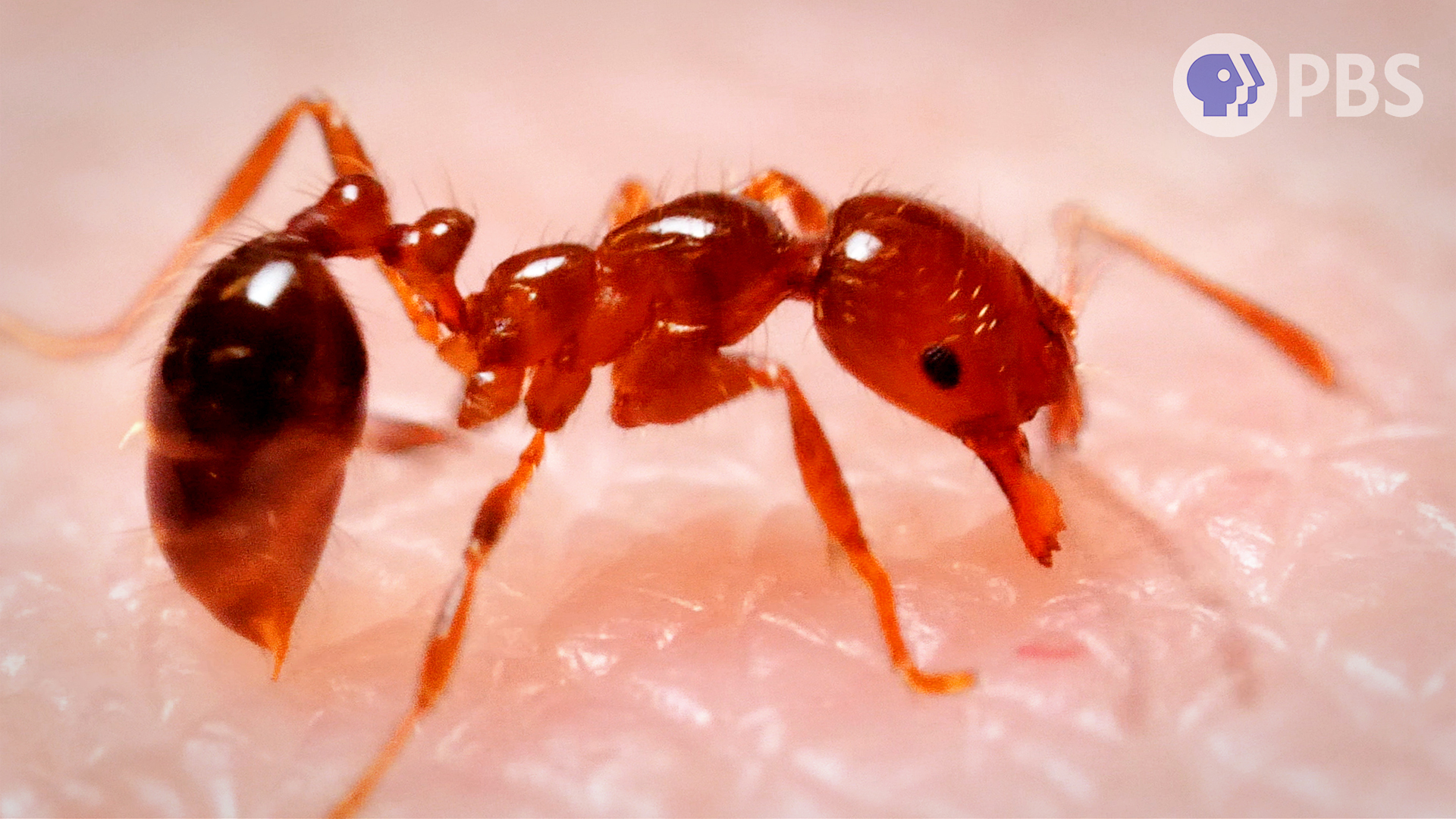
"Fire ants create rafts from their bodies during floods. They protect their larvae by placing them at the bottom, which helps trap air bubbles for flotation."
"A study showed that fire ants can assemble a floating raft in just two minutes when dropped into water. They can survive on it for nearly two weeks."
"Fire ants employ a defensive strategy while on rafts, using extra venom in their stings to protect the colony as they navigate through flooded areas."
"The structure of the raft allows for air retention and breathing, demonstrating an efficient survival method as fire ants adapt to their environment."
Fire ants evacuate their larvae during floods and create rafts from their bodies to stay afloat. The larvae are placed on the bottom of the raft, which traps air bubbles and allows the colony to breathe. Workers hold onto each other and the larvae tightly, quickly assembling rafts in just two minutes. These rafts can sustain the ants for almost two weeks, protecting the colony as they navigate submerged areas with heightened defensive behavior against threats. After floods recede, fire ants dig new nests and continue their survival.
Read at Kqed
Unable to calculate read time
Collection
[
|
...
]